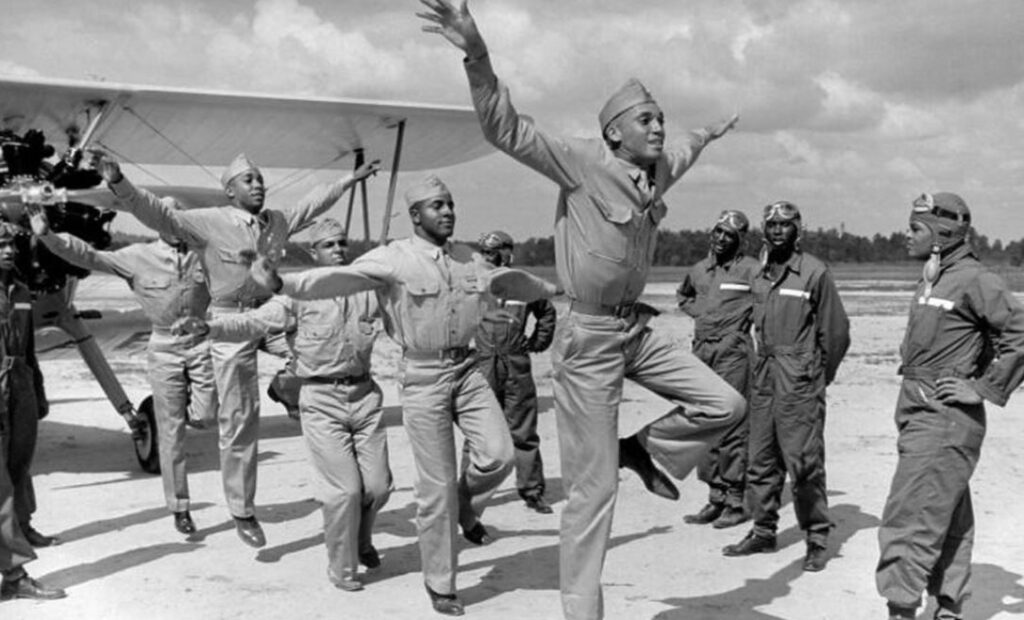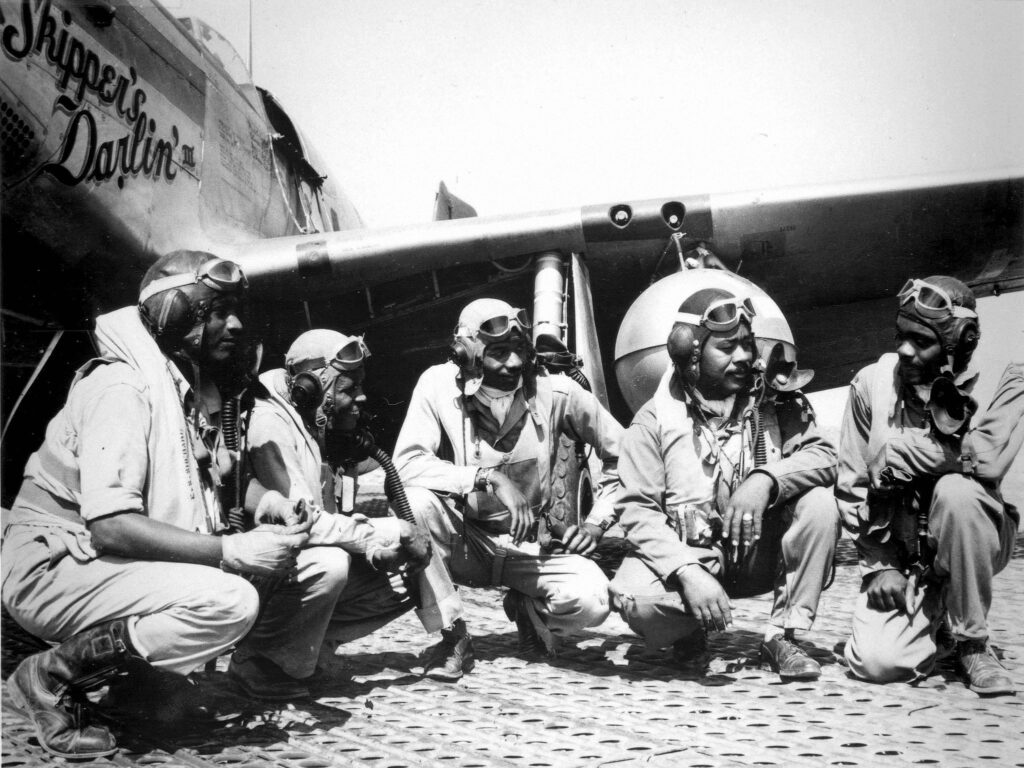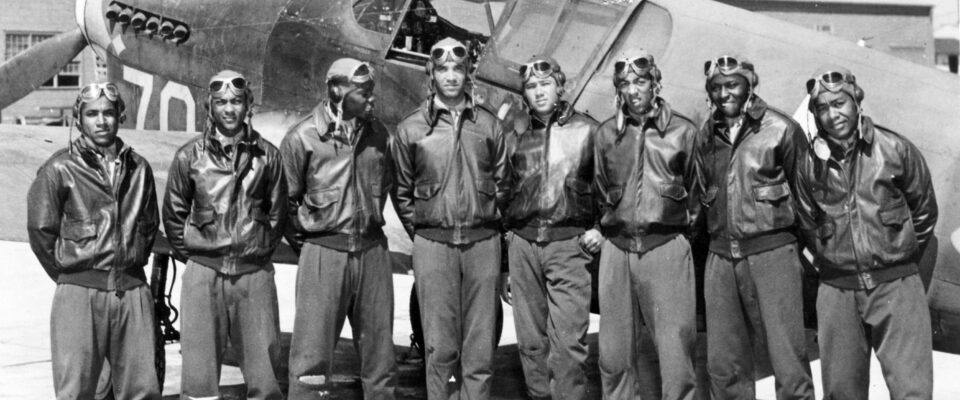The first African American military aviators were known as the Tuskegee Airmen. These pioneers of military served in the U.S. Army Air Corps (known as the AAC), which was the organization that would later develop and form the U.S. Air Force. The aviators took their namesake from the camp in which they trained, The Tuskegee Army Airfield which was located in Alabama.
During World War II, the Tuskegee Airmen flew more than 15,000 individual missions through North Africa and Europe, earning some of their pilots over 150 Distinguished Flying Crosses. This success served as an important accomplishment for the full integration of African Americans into the U.S. Armed Forces.
The Context of Segregation
While the 1920s and 1930s were characterized by the accomplishments of pioneering pilots such as Amelia Earhart and Charles Lindberg, young African Americans faced many obstacles in pursuit of similar goals and aspirations as other civilians. Many were eager to follow in the footsteps of these idols however African American citizens were faced with widespread belief that they would not be able to learn how to operate complex aircraft machinery. This meant very few, if any African Americans were given the opportunity to learn how to fly.
During the years leading up to the war the President of the United States, Franklin D. Roosevelt announced his pilot training program meant for civilians, but not African Americans. During these years it was still widely accepted that racial segregation would be the norm in the U.S. armed forces considering the fact that many citizens believed that black soldiers would make for poor soldiers and were inferior to white soldiers. The NAACP made many efforts to lobby for African American soldiers to be accepted into the AAC as it was accelerating its training program, and in 1940 these efforts paid off.
The Tuskegee Trials
In September 1940, the Roosevelt administration made the controversial decision (at the time) of permitting the training of Black airmen. The trainees who were to be accepted to the program were from varied geographical locations in the U.S. and all had a college education. 1,000 pilots and almost 14,000 instructors, bombers, navigators and mechanics were trained at the Tuskegee Airfield in Alabama, marking a big step forward in the African American fight against segregation and racism.

Tuskegee Airmen in World War II
The 99th Pursuit Squadron was the first Tuskegee-trained squadron to be deployed. The first location in which the Tuskegee Airmen would see operational activity was upon their deployment to North Africa.
After their operations in North Africa, the 99th squadron was transferred to Italy. Based in Sicily, the airmen served side by side with white pilots who were a part of the 79th Fighter Group. It was here that the 99th would prove its worth in combat situations, shooting down 12 German Luftwaffe planes in just two days in 1944.
Following the success of the 99th squadron, the 100th, 301st and 302nd squadrons of the Tuskegee airmen joined the combat arena in February 1944. Altogether they made up what was known as the 332nd Fighter Group. After this move and the formation of this new squadron, the Fighter Group flew P-51 Mustangs, escorting heavy bombers of the 15th Air force on missions raiding territories deep behind enemy lines. The 332nd planes could be identified by the tails of the plane which were painted red giving them the nickname of the “Red Tails”. While most of the airmen who were trained at Tuskegee Airfield served in the 332nd, some black airmen were also assigned to fly with the 477th bombardment group.

The Accomplishments of the Tuskegee Airmen
The last combat mission flown by the 332nd was on April 26th, 1945, exactly two weeks before the Nazis surrendered. By this point, pilots and support staff had participated in more than 15,000 missions. Within this framework they managed to destroy or significantly damage 36 planes in dog fights and 237 on the ground. They were able to cripple Nazi transport routes by destroying almost 1,000 rail cars and transport vehicles. Throughout their operations in World War II, 66 Tuskegee aviators were killed and another 32 captured.
Tuskegee Legacy
After their clear and brave accomplishments during World War II, the Tuskegee aviators returned home to little change and despite their distinguished service, were still faced with systemic racism, prejudice and inequality. Despite this however, the Tuskegee played a direct role in Roosevelt’s decision in 1948 to desegregate the U.S. Armed forces, giving African Americans equal opportunity and treatment when enlisting or being drafted to the military.

